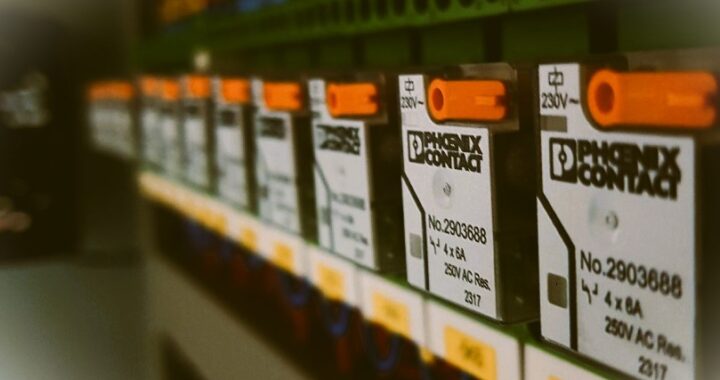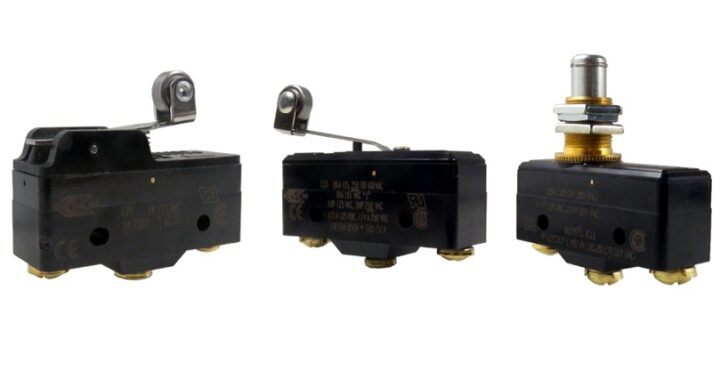Advantages of Capacitors: Maximize the Efficiency

If you’re looking to maximize efficiency in your electronic circuits, capacitors are an essential component to consider. Capacitors offer a range of benefits, including improved power quality, reduced noise, and enhanced performance. In this article, we’ll explore the advantages of capacitors in detail, and how they can help you achieve optimal efficiency in your designs. Whether you’re an engineer or hobbyist, understanding the benefits of capacitors can help you create more reliable and efficient electronic systems.
Advantages of Capacitors
The benefits of the capacitors are:
1. Storing energy
The basic function of a capacitor is to store energy. The capacitor is a passive electronic component that stores, filters and regulates electrical energy. Passive components may store energy momentarily, but cannot add energy continuously. A capacitor conducts alternating current and blocks different voltage levels of direct current.

2. Simple operating principle
A capacitor has a simple and effective operating principle. In the capacitor, two parallel metallic plates are separated by a dielectric material. The dielectric material is non-conductive. Positive and negative charges collect on separate plates.

Electrons get stuck on one plate. That plate develops a negative charge. Positive charges get pushed to the other plate. Two plates are attracted to each other, but the dielectric material keeps them forever apart. This creates an electric field, and the capacitor is storing the charge.

3. Quick charge and discharge
The capacitor gets charged in a matter of seconds. It is always ready. However, it releases its power in seconds too. The advantages of capacitors include a very high cycle life and charge rates that nearly match discharge rates. Also, supercapacitors can be “floated” for long lengths of time. This means that they will hold their charge (potential energy) for a long period without a large residual decay.
4. Types and size variants
The physical size of capacitors depends on their operating voltage and the amount of load they can store. Their designs are diverse. Capacitors of almost any size and shape are available. They are also differentiated by the materials used in construction. Each type provides unique features and benefits. Some types of capacitors are ceramic capacitors, film capacitors, electrolytic capacitors, supercapacitors, miscellaneous capacitors, and variable capacitors. Generally, capacitors are smaller than resistors.

5. Easy to identify
Two variables in capacitors offer the consumer choice and make the difference between capacitors. These are the capacitor’s operating voltage value and the amount of the load store. These values must be stated on each capacitor. While the working value is directly written on some capacitors, numbers, and colors are used in some of them.

6. Improving the power factor
Capacitors are very beneficial in power grids. By producing reactive power, they compensate for the reactive power consumption of electrical motors, transformers, etc. The results can be seen in the form of more stable power grids with increased transmission capacity and reduced losses thanks to higher power factors.

7. Reducing harmonics in filtering solutions
Capacitors also constitute a key component in the various filter solutions reducing harmonic contents. A non-distorted sinusoidal voltage without harmonics reduces the risk of problems in the form of disturbances in production equipment, metering errors, and malfunctions in relay protection. It also extends the service life of connected equipment.

8. Safe
Small capacitors are safe. They do not have mixtures of highly flammable liquids and pretty much cannot explode. Besides, capacitors are not thermal noise sources. They can resist overheating during heavy charge or discharge. They are capable of great energy output.

9. Long service life
Capacitors are maintenance-free. They can operate for around 10 years without maintenance. They are cheaper compared to other energy storage equipment.

10. Wide usage areas
One type of capacitor may not be suitable for all applications. Ceramic capacitors are generally superior to other types and therefore can be used in a vast range of applications. The following is the typical capacitor applications in electronic industries:
DC blocking capacitor: In this application, the capacitor blocks the passage of DC (after completely charged) and yet allows the AC to pass at a certain portion of a circuit.
Capacitor as a filter: Capacitors are the main elements of filters. Several types of filters are used in electronic circuits, such as LPF (Low Pass Filter), HPF (High Pass Filter), BPF (Band Pass Filter)
Since the reactance of the capacitor is inversely related to the frequency, therefore it can be used to increase or decrease the impedance of the circuit at certain frequencies and therefore does the filtering job.
Capacitor as a discharge unit: Capacitors are used as a charging unit and the release of the charge (discharge energy) is used for triggering, ignition, and on a high scale as a power source.
Bypass capacitor: The reactance of the capacitor decreases as the frequency increases. Therefore, in a certain application, it is used in parallel with other components to bypass it at a specified frequency.
Coupling capacitor: The ability of a capacitor to pass an AC signal, allows it to couple a section of an electronic circuit to another circuit. (For example, smart meter applications)
Decoupling capacitor: In high-speed electronic logic switching causes the draw of a significant amount of current which in turn would cause a disturbance in the logic voltage level. The decoupling capacitor is typically located very close to the IC output and serves as a local energy source to provide the needed extra current and therefore minimizes the noise and disturbances to the logic signal.
Snubber capacitor: In some applications, relays or SCR (Silicon controlled rectifiers) are to drive a high inductance load. In these circumstances, when the relay or the SCR opens, a major transient voltage could be induced in the contact of the relay or across the junction of SCR, which in turn either shows as an arc on the relay contacts or may damage the internal SCR junction. Therefore, a snubber capacitor is used to limit the high voltage transient across the circuit.
11. Reducing the motor’s inrush current
Inrush current can be reduced by increasing the voltage rise time on the load capacitance and slowing down the rate at which the charge of the capacitor.
In conclusion, capacitors are a vital component in electronic circuits providing several benefits including energy storage, quick charge and discharge, and reduced noise. Capacitors come in various types and sizes, making them versatile and easy to identify. They are also safe, with a long service life and can be used in a wide range of applications. Capacitors can improve the power factor, reduce harmonics in filtering solutions, and act as coupling, decoupling or bypass capacitors. As such, they are essential for engineers and hobbyists alike who seek to create efficient and reliable electronic systems.

 Types of Timer Relays and Their Applications
Types of Timer Relays and Their Applications  Relay Applications: Real-Life And Industrial Examples
Relay Applications: Real-Life And Industrial Examples  Types of Micro Switches and Their Applications
Types of Micro Switches and Their Applications  Best Voltage Testers for Home Use: 2023 Edition
Best Voltage Testers for Home Use: 2023 Edition  Advantages of Transducers for Optimal Measurement
Advantages of Transducers for Optimal Measurement  Advantages of Infrared Sensors: Improved Accuracy and More
Advantages of Infrared Sensors: Improved Accuracy and More